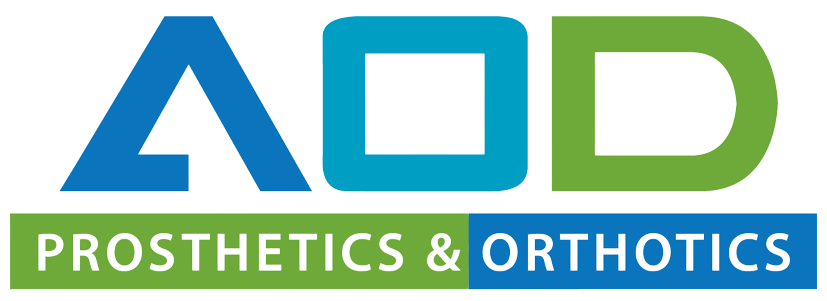
Lower Extremities
Custom Orthotics
Custom Foot Orthosis
AOD Prosthetics & Orthotics is committed to providing exceptional custom foot orthotics that are tailored to each individual's unique needs. Our skilled practitioners take great care to ensure that every detail is taken into account when creating custom foot orthotics. We use high-quality materials and the latest technology to create orthotics that are both comfortable and functional. Whether someone is seeking support for a specific condition or simply wants to improve their comfort and mobility, we can provide customized solutions that are designed to meet their unique needs. At AOD Prosthetics & Orthotics, we are dedicated to providing the highest quality foot orthotics and to helping our clients achieve their goals and improve their quality of life.
This device may be suitable for individuals with:
- Plantar fasciitis
- Rheumatoid arthritis
- Osteoarthritis
- Heel pain
- Metatarsalgia
- Sever’s Disease
- Diabetes
- Overpronation
- Hallux Rigidus
- Bone Spurs
Supramalleolar Orthosis (SMO)
This orthosis provides hindfoot support by including the ankles. These orthoses fit inside the shoe and help with medial lateral control of the ankle when walking. These devices are preferred for individuals who severely pronate, have low tone (hypotonia) or need increased support to help stand and walk that a foot orthosis cannot provide.
We can provide custom inhouse fabricated SMOs or off the shelf versions that are sized according to shoe size and not custom fabricated, such as:
- Leapfrogs
- DAFOs – Kangaroos
Ankle Foot Orthosis (AFO)
Ankle-foot orthoses (AFOs) are designed to protect and support the foot and ankle in a functional position, enhance walking, improve balance or prevent muscle contractures. They are often used to help support or align the foot and ankle. These braces start below the knee, extending past the ankle and under the foot. There are various types of AFOs and will be determined by the orthotist once a comprehensive evaluation has been completed. Strength of the musculature of the lower extremity, range of motion, weight bearing abilities and patient goals are all taken into effect when choosing the type of AFO.
Some of the AFO designs we commonly fabricate include;
- Rigid
- Articulated
- Nighttime Stretching
- Charcot Restraint Orthotic Walker (CROW) & Bivalve/Clamshell
- Energy Storage & Return
- Patellar Tendon Bearing (PTB)
- Supramalleolar Orthosis (SMO)
Knee Orthosis (KO)
Commonly referred to as knee braces. KOs provide increased joint stability, pain relief, and ultimately allow return-to-work or recreational activities. Types of KOs that we are able to provide include: custom knee braces, post-operative braces, osteoarthritic unloaders, ACL and MCL braces, neoprene sleeves, patella stabilizers, and knee immobilizers.
This device may be prescribed to an individual with;
- Osteoarthritis
- Ligamentous Injury or Instability
- Athletic Trauma
- Post surgery
Hip Knee Ankle Foot Orthosis (HKAFO) & Reciprocating Gait Orthosis (RGO)
An HKAFO limits hip and knee movement. It is beneficial for individuals with stability issues, weakness and/or paralysis. It also reduces or minimizes the risk of the hip dislocating or moving out of its proper position.
An RGO is a type of orthosis which consists of bilateral KAFOs with a combination of locking knee joints, hip joints, and a custom-molded pelvic girdle and a thoracic extension. When the RGO is engaged, the hip joints are coupled with cables to prevent bilateral hip flexion simultaneously. Hip extension on one side coupling hip flexion on the other side through the cables produces the characteristic reciprocal walking gait pattern. This type of orthosis requires physical therapy in order to optimizing the function and receive the most benefit. They must also have good head and trunk control in order to operate this device.
This device is beneficial for individuals with:
- Spina bifida
- Spinal cord injury
- Other pathologies who requires the help of standing and walking
Treatment & Planning for Tomorrow
AOD Prosthetics & Orthotics combines the highest technology available with the best patient care. Bilingual mobile prosthetic service in San Antonio. Serving amputees and improving their quality of life.

All Rights Reserved | AOD Prosthetics & Orthotics | San Antonio, TX